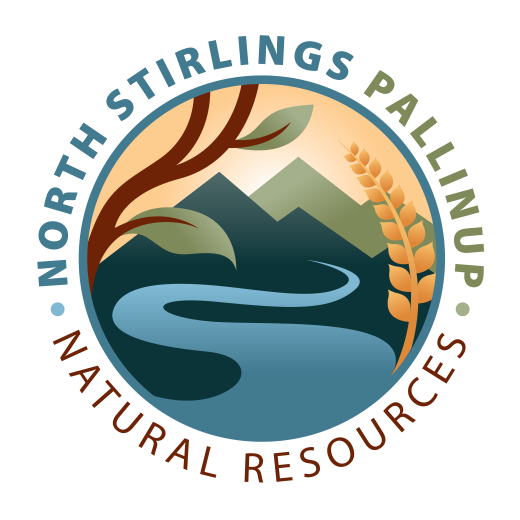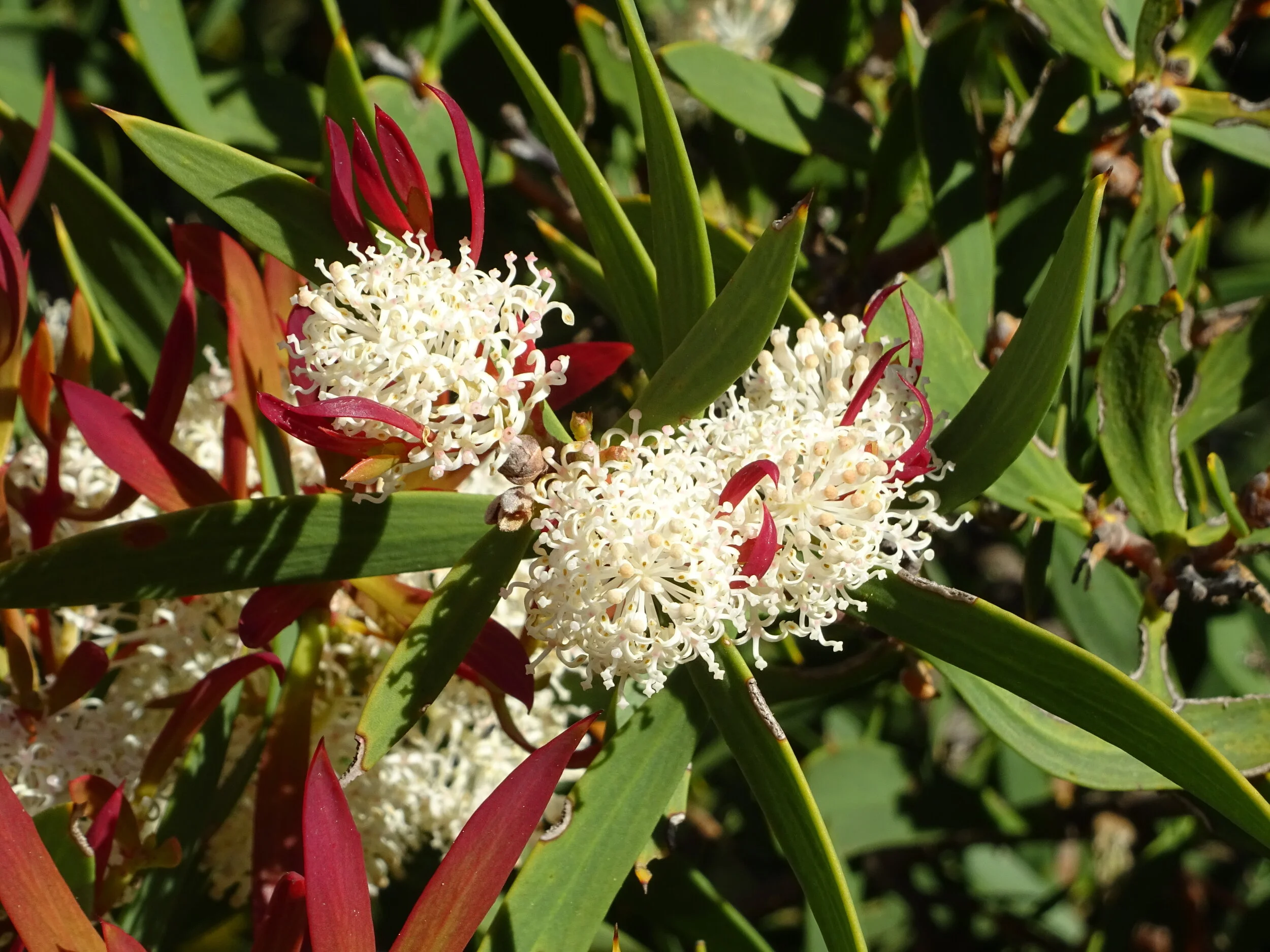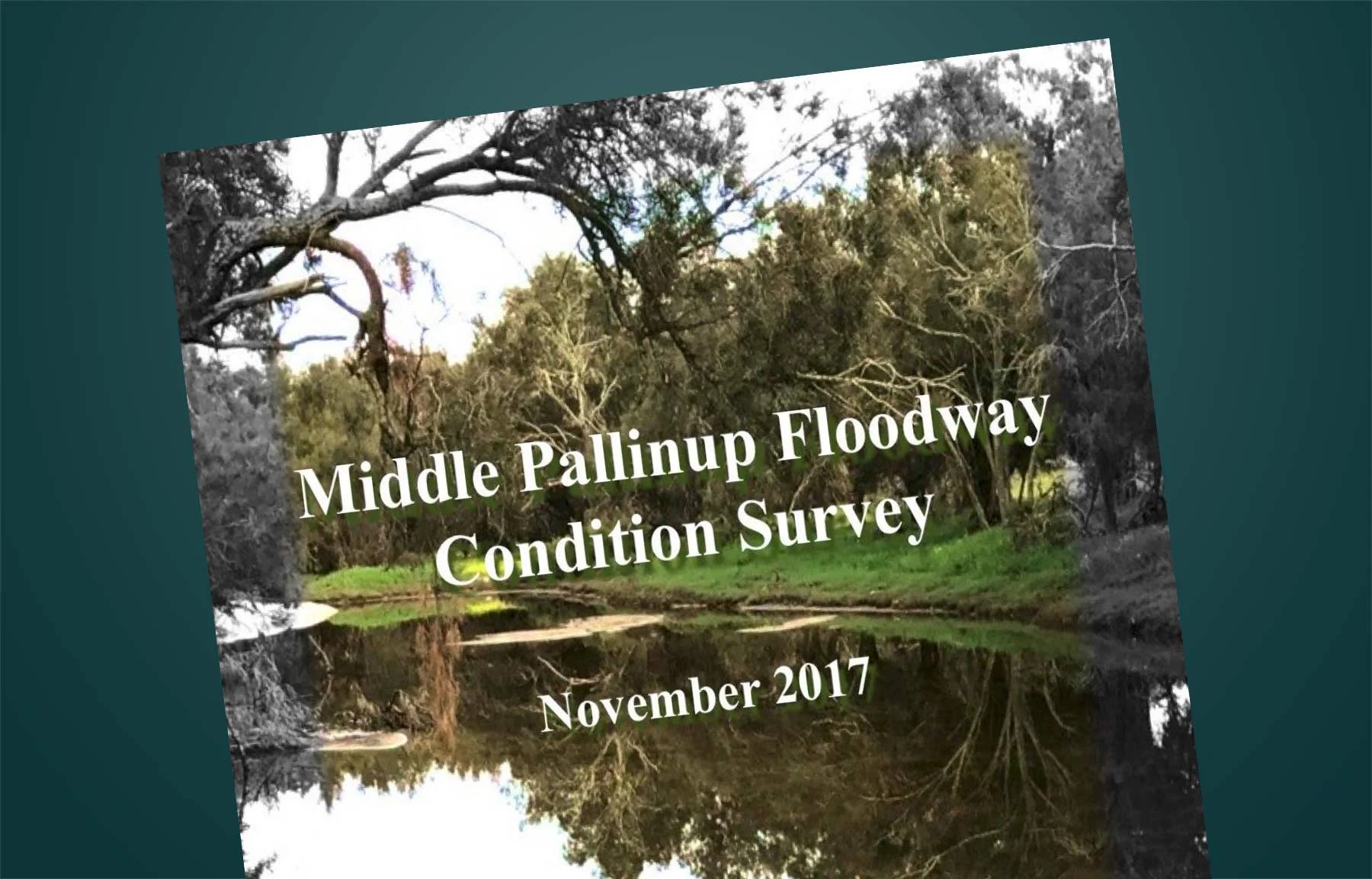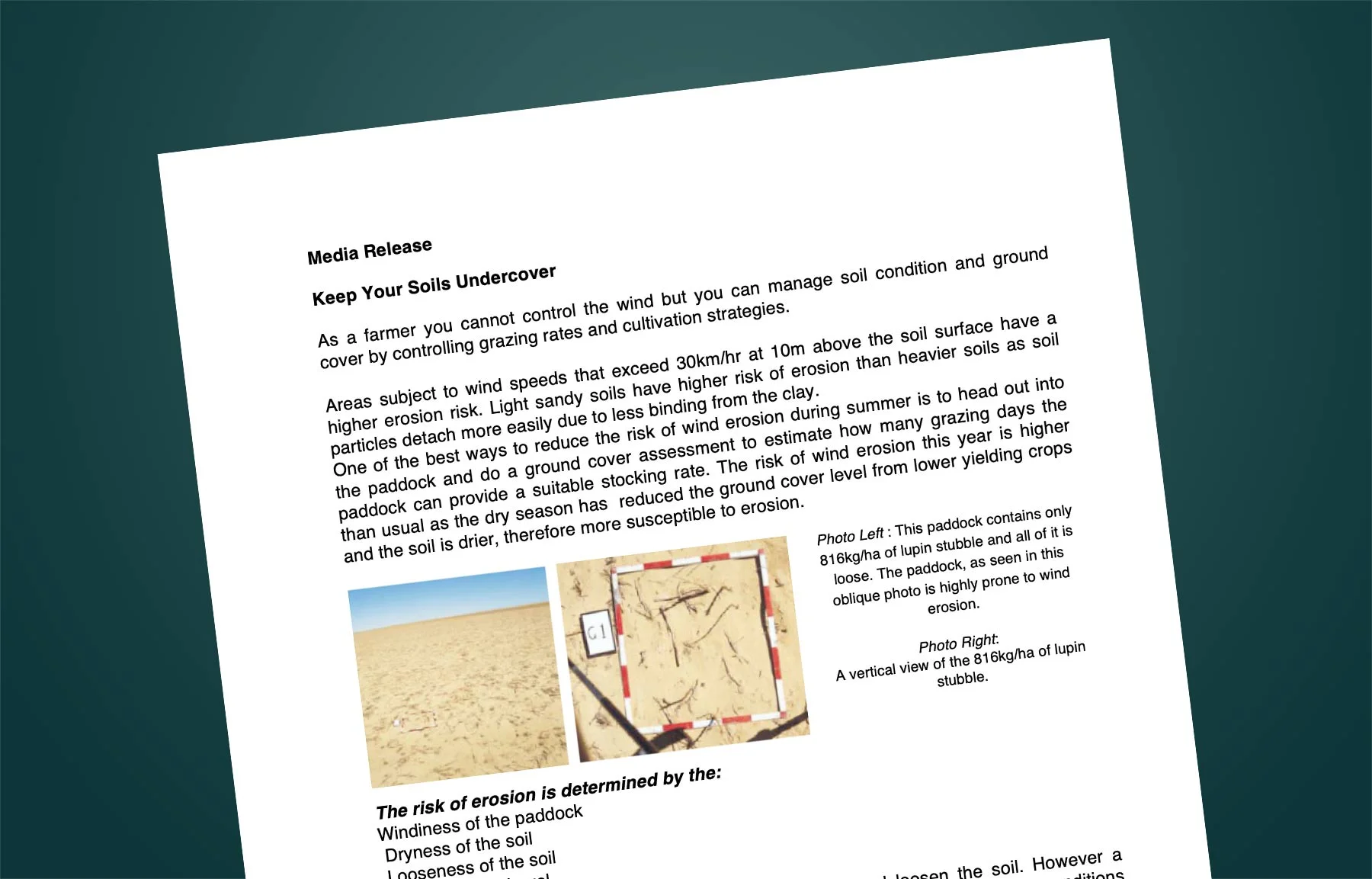Find out more about our upcoming Fun Farmers Tour, and other activities NSPNR has been up to!
Newsletter - March 2021
NSPNR has entered 2021 at full throttle, setting the pace for what is going to be an exciting year ahead!
First up is the adoption of the strategic plan! With thanks to the community members who participated in the survey, the committee and staff now have clear purpose, objectives and strategies to suit the current demographic's interests and needs.
This will assist the now FOUR staff members when applying for grants and new projects. Stevi, Laura and new-to-NSPNR Kyle Townsend are run off their feet managing current projects, along with new-office-manager-to-NSPNR Caroline House; all staff dutiful and efficient.
Newsletter - Summer 2020/21
Newsletter - Spring 2020
Spring has sprung and thankfully most areas have had some rain and hopefully everyone will get their fair share soon. Crops are looking ok and freshly planted trees and revegetation will appreciate it. Just need a good drop to fill up those dams before summer.
There has been lots happening in the NSPNR office, as you’ll see from Freya’s report, and the Committee have been getting the group’s governance up to date. We are looking for extra Committee members to provide different perspectives and greater input so please feel welcome to come along to our AGM on 13th October at The Pub Borden.
Your Region, Your Input Community Survey Report
our Region, Your Input Community Survey Report summarises the findings of the ‘NSPNR: Your Region, Your Input Community Survey’.
The ‘NSPNR: Your Region, Your Input community survey’ held in July 2020 gave people who live and work in the North Stirlings - Pallinup region the opportunity to let NSPNR know their concerns about natural resource management in the North Stirlings - Pallinup catchment and how well they felt NSPNR was delivering.
NSPNR Revegetation Guide
This handy guide in pdf format recommends native plant species, giving both scientific and common names, that are suitable for particular vegetation communities, from moderately drained sandy duplex to rocky outcrops or salt lakes. It also outlines the steps for a revegetation project.
Also available in A5 hardcopy from the NSPNR office.
Newsletter - Autumn 2020
Welcome to our latest edition of TBL. I trust you are appreciative of recent rain events that have relieved water supply for some, but slowed evaporation rates for the rest of us.
After the last couple of seasons it is pleasant to have some early green feed but difficult to manage with limited water supply. So whether you are spraying to conserve moisture or conserving green feed for livestock, be mindful that it is early in the season and a return of dry conditions can return our land to a fragile state, so keep your options open.
State of the Pallinup River and the Beaufort Inlet 2003
This 2003 report, prepared for the Water and Rivers Commission, aimed to provide stakeholders with general and specific information about the Pallinup River and Beaufort Inlet. The information was gathered from a foreshore survey of the river and data collected through other environmental projects. The survey was conducted to determine the condition of the river and to map and prioritise management issues.
Collecting Native Seed
Individual landholders and community groups can collect their own seed for planting in revegetation projects. For saltland revegetation we now have a native seed resource found in the thousands of hectares already planted, and collecting seed of these species is cheap and simple.T his publication was developed by NSPNR with assistance from Wendy Bradshaw and Geoff Woodall, and support from State NRM.
Newsletter - Summer 2019/20
Thanks for reading our current newsletter. It feels strange to be writing these comments in early December with harvest wrapped up for most in our area. The water use efficiency this year is a testament to smart farming and the resilience of our soils with most having unexpectedly good results.
Newsletter - Spring 2019
I commented in our last newsletter that even though we were having a tough start you never know what will happen, and as you look around now our district looks a picture.
Early frosts may have had an effect on some crops, but recent rainfall has put most in a great position coming into spring and I trust you enjoy the benefits of your hard labour.
Newsletter - Autumn 2019
Welcome to our latest newsletter. Thankfully as I write we have received some rain to give the sown crops a chance to get a start and stimulate green feed again. As is common, there is a lot of variety throughout our region, but I hope we all receive that good opening rain soon.
Newsletter - Summer 2018/19
NSPNR will be facing challenges in the coming year, just like we are in our farming enterprises, but we are thankful for the wonderful work our staff has been doing, hectic at times with the new funding arrangements, but we look forward to facing the challenges ahead with them.
Newsletter - Spring 2018
Middle Pallinup Floodway Condition Survey 2017
Report prepared by Steve & Geraldine Janicke
This report outlines the results of a detailed survey of the environmental condition of 43 kilometers of the Middle Pallinup River floodway. The Pallinup is a highly degraded river and the report rests its assertions and conclusions relative to this. The survey repeated an assessment that was made in the Spring of 2001 and added mapping of the environmental values as they were in 2017.
NSPNR Membership Form
Keep Your Soils Undercover
As a farmer you cannot control the wind but you can manage soil condition and ground cover by controlling grazing rates and cultivation strategies.
The Agronomy Jigsaw
The purpose of the agronomy jigsaw project is to understand this variation of water use efficiencies at paddock level: What are the main causes of this variability and how can we manage it to improve profitability?











